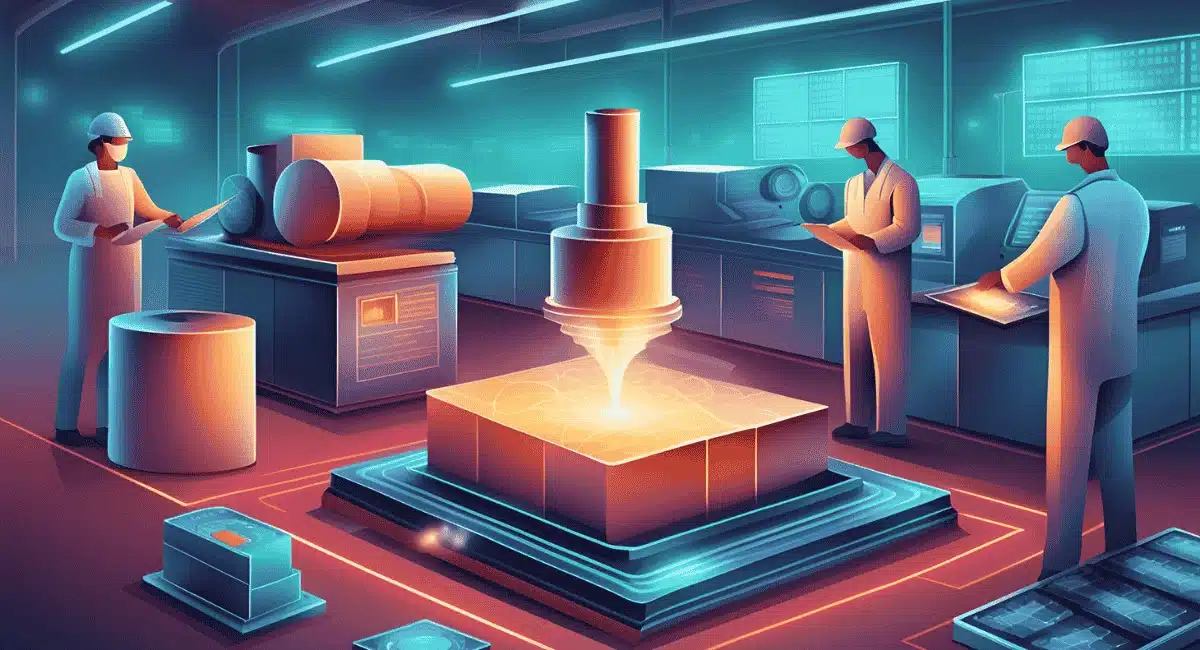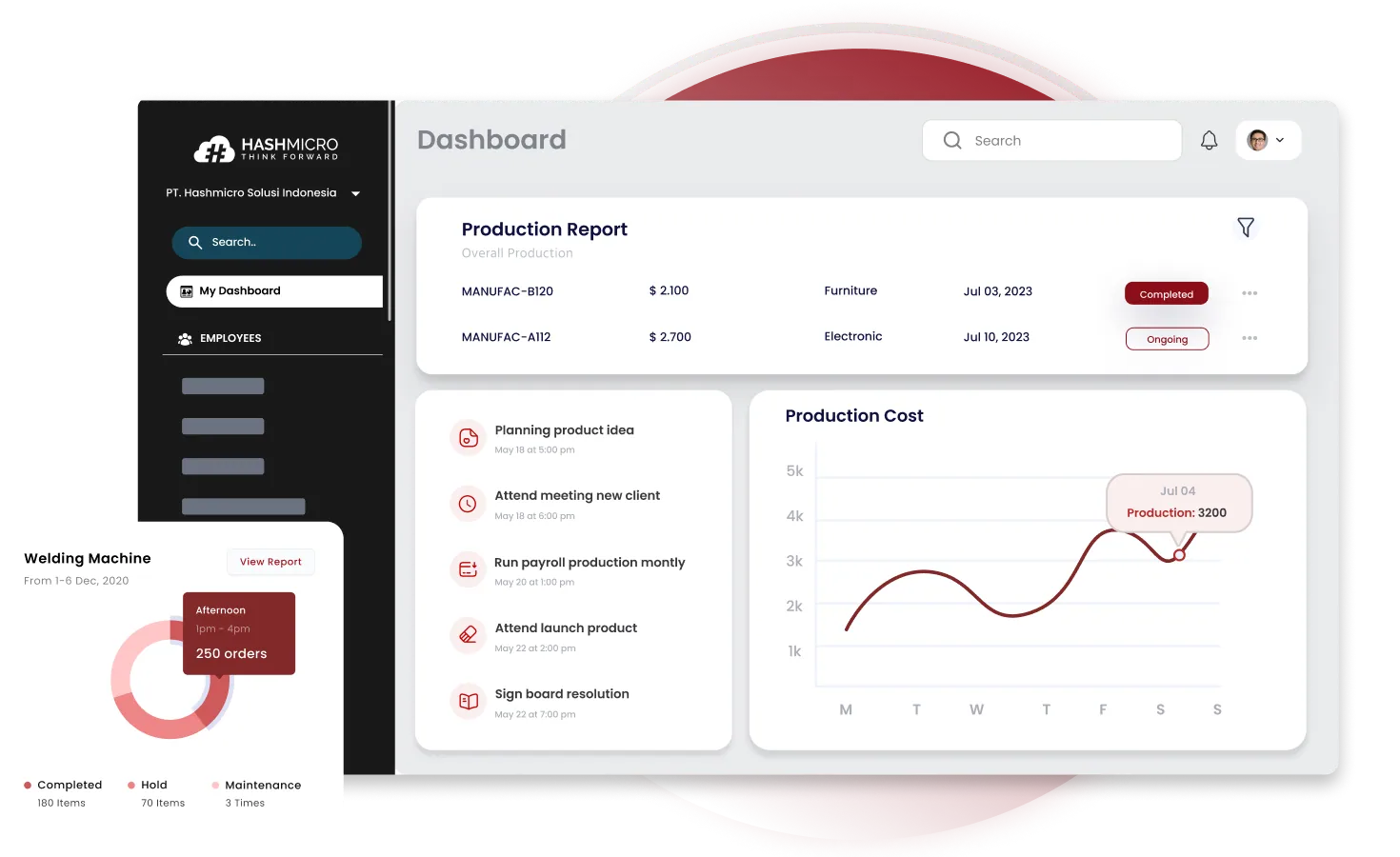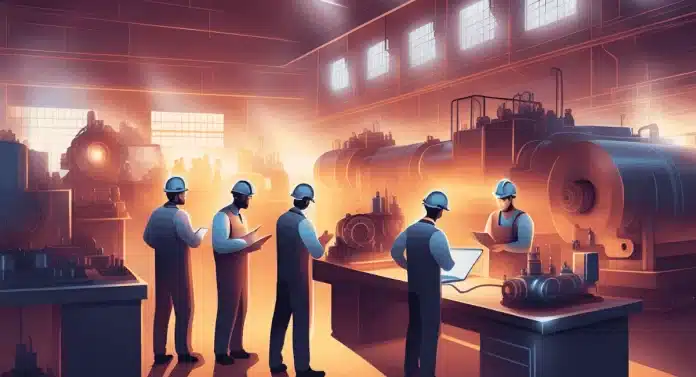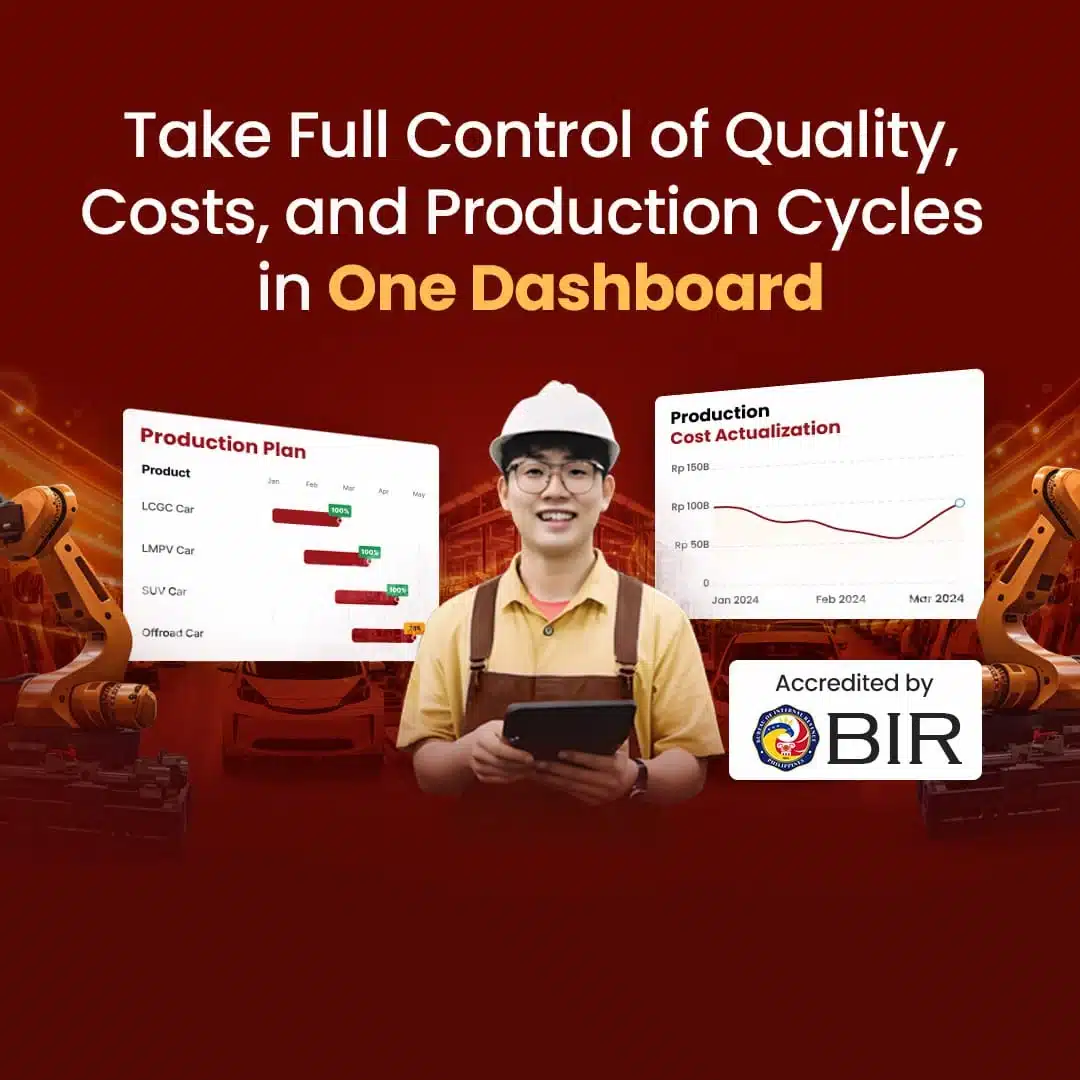Ever feel like your manufacturing costs are spiralling out of control? You’re not alone—many manufacturers struggle to reduce manufacturing costs while maintaining quality. But imagine a strategy where you can lower expenses without sacrificing kalidad.
This article breaks down five straightforward ways to reduce manufacturing costs effectively. With these tips, you can start saving money, improve efficiency, and keep your business growing. Let’s dive into these practical strategies that could transform the way you handle production expenses!
Key Takeaways
|
Table of Contents
Why is Reducing Cost Important?

Managing manufacturing costs is a top priority for any business looking to stay competitive and profitable. Rising expenses can quickly eat into profits for many manufacturers, making it harder to invest in growth or keep up with market demands.
Understanding why reducing manufacturing costs is essential isn’t just about saving money; it’s about setting up your business for long-term success.
When companies focus on lowering these costs, they gain the flexibility to improve product quality and offer competitive pricing to customers. By managing expenses efficiently, manufacturers can achieve better financial stability and meet customer demands without compromising on quality.
Benefits of Reducing Manufacturing Cost
Reducing manufacturing costs offers several powerful benefits that can positively impact a business’s bottom line and overall performance. Here’s a closer look at the advantages that come with managing these expenses effectively:
- Higher Profit Margins: Cutting down on production costs allows businesses to increase their profits, enabling reinvestment in innovation and growth.
- Better Pricing Competitiveness: Lower expenses mean companies can offer competitive prices, attracting more customers and standing out in the market.
- Improved Cash Flow: Reduced costs free up cash for operational needs, unexpected expenses, or new investments, making the business more financially agile.
- Increased Operational Efficiency: Cost-cutting often involves streamlining processes, which can improve productivity and reduce waste across operations.
- Enhanced Product Quality: With optimized costs, companies can allocate resources more effectively, helping maintain or even improve product quality while keeping prices manageable.
By reducing manufacturing costs, businesses not only increase their profit potential but also enhance their financial flexibility, positioning themselves for stronger growth and greater resilience in a changing market.

5 Best Ways to Reduce Manufacturing Cost
Now that we’ve covered the importance and benefits of cutting down on manufacturing costs let’s dive into some practical strategies. Here are the five best ways to reduce manufacturing costs:
1. Minimize material costs
Reducing material costs starts with reviewing your product design for areas to simplify or make more affordable. Look at each component and see if it can be replaced with cost-effective materials without affecting quality. To avoid waste, set up a system to track any leftover materials, such as cardboard, metal, or plastic.
Instead of discarding these, find ways to reuse them within your process, like creating other small components. Alternatively, research local buyers interested in purchasing your surplus materials. By simplifying, reusing, and selling excess, you can significantly reduce costs and minimize waste.
2. Simplify Inventory Management
Keeping the right amount of inventory helps you avoid extra costs from having too much or too little stock. Start by choosing inventory software that matches your business needs and works well with your current system. This software will make tracking easier, so you only reorder when needed, saving money on storage.
Set up alerts to notify you when stock levels get too high or low, ensuring that you stay on top of inventory. Regularly review inventory reports to adjust reorder amounts and avoid extra stock. By using inventory software and setting clear guidelines, you can control stock levels and cut unnecessary costs.
3. Enhance Workforce Efficiency
Improving employee performance is key to reducing production costs and keeping operations efficient. Start by choosing a competency management system that fits your business and allows you to track employee skills easily. This system helps you regularly assess performance.
Use these insights to create targeted training sessions that focus on developing your team’s skills to work more efficiently. You can boost productivity and lower labor costs by building a skilled, well-trained workforce through regular assessments and focused training.
4. Automate Manual Processes
Automating tasks in your manufacturing process may seem costly initially, but it can result in long-term savings. Begin by identifying repetitive tasks suitable for automation, like assembly lines or data management. Then, choose automation tools or manufacturing software that match your business needs and budget.
Train your employees to use and monitor these automated systems to handle high-impact work and monitor the automated processes as needed. By implementing the right automation tools and training your team, you can reduce errors, save time, and focus on adding value to your operations.
5. Negotiate Supplier Contracts
Negotiating better terms with your suppliers is a valuable way to cut costs and manage cash flow effectively. Start by maintaining a consistent, on-time payment history to establish trust, which can increase your chances of securing discounts or favorable terms.
Arrange a meeting with your suppliers to discuss potential options which may lead to better rates. If your current supplier isn’t open to negotiations, research and compare offers from alternative suppliers. By building trust and evaluating other suppliers, you can effectively lower costs and get the best value for your purchases.
Eliminate Hidden Cost with HashMicro’s Manufacturing Software

Reducing hidden costs in manufacturing can transform a business’s profitability and efficiency. HashMicro’s Manufacturing Software provides powerful features to help you manage expenses and streamline production processes.
Here are five essential features that make it easy to eliminate hidden costs:
- Manufacturing Production Scheduling: This feature forecasts based on demand history and provides a user-friendly graph, enabling better decision-making in production. By optimizing schedules, you can reduce downtime and improve resource allocation.
- BoM (Bill of Materials) Cost Forecast: Get accurate cost estimates for materials and production components with the BoM Cost Forecast feature. This helps prevent unexpected expenses by providing clear insights into material and production costs.
- Real-Time Stock Input and Output Tracking: Monitor stock levels in real time to maintain optimal inventory and avoid the costs associated with overstocking or running out of materials during production.
- Manufacturing Quality Control: Ensuring product quality throughout the manufacturing process helps minimize waste, rework, and returns, which are often costly hidden expenses in production.
- In-Depth Reporting on Production Metrics: Access detailed reports on time spent, materials used, and finished goods produced. This visibility helps you identify any inefficiencies or unexpected costs, enabling timely adjustments.
Tools such as manufacturing ERP software by HashMicro will help you lower expenses, keep operations efficient, and stop hidden costs from cutting into your profits. Manufacturing software makes it simple to run a cost-effective and competitive manufacturing business.
Conclusion
Reducing manufacturing costs is essential for any business that wants to stay competitive and profitable. By focusing on smart strategies like material savings, efficient inventory management, employee training, automation, and supplier negotiation, manufacturers can cut down on expenses and boost efficiency.
These changes help businesses manage costs while maintaining quality and operational effectiveness. A comprehensive tool like HashMicro’s Manufacturing Software can simplify and automate these cost-cutting processes, a real solution for hidden expenses. Try the free demo today and see how it improves your business!

FAQ Around Reducing Manufacturing Cost
-
How can we reduce the cost of manufacturing?
Lower costs by automating tasks, using cheaper materials, and managing inventory better. This reduces waste, boosts productivity, and saves money.
-
Why is it important to reduce production costs?
Cutting production costs increases profits and lets you offer better prices to customers. It also frees up money for business growth.
-
How do you solve manufacturing costs?
Optimize materials, automate tasks, and train employees to work more efficiently. Management software can also help track and control spending easily.




































